Scientific name: Avicennia marina
This tree is an important species in Moreton Bay. A pioneer species it the first plant to colonise any disturbed coastal sites including man made drains in our coastal wetland areas. This mangrove can take many forms from a small bush like plant to a 25 meter tall tree. They are a widespread species found across the Indo-Pacific region. In Moreton Bay they form extensive stands along sheltered coastlines and dominate local areas including Hays Inlet, the Pine River and Eastern Deception Bay.
Theses mangroves have developed a number of strategies to deal with the harsh environment of our sheltered coastal areas. They have peg-like roots known as pneumatophores which project above the sediment and they contain small holes which allow oxygen to be transported to the root system below ground. The root structure also provides stability for the tree in the surrounding soft mud. Grey mangroves can cope with high levels of salt in their sap and can remove excess salt through specialised glands found in their leaves. If you run your fingers over a grey mangrove leaf you will often feel a crusty layer of salt.
These mangroves are important as they act as buffers providing protection for the adjacent wetlands from wave and storm surges. They also improve water quality in our coastal waters as they trap sediments and can even absorb pollutants from stormwater run-off from the land. Their structure provides habitat for many birds, lizards, mammals and insects whilst their peg like roots stabilise the sediment and provide habitat for fish, molluscs and crustaceans. Grey mangrove stands act as nurseries for many commercial species of fish and crustaceans.
Clearly this mangrove is an important component of the coastal area of Moreton Bay providing shelter from storm activity, helping with water quality of our Bay and providing habitat for many species of wildlife including many of our commercial and recreational fish stocks.
This tree is an important species in Moreton Bay. A pioneer species it the first plant to colonise any disturbed coastal sites including man made drains in our coastal wetland areas. This mangrove can take many forms from a small bush like plant to a 25 meter tall tree. They are a widespread species found across the Indo-Pacific region. In Moreton Bay they form extensive stands along sheltered coastlines and dominate local areas including Hays Inlet, the Pine River and Eastern Deception Bay.
Theses mangroves have developed a number of strategies to deal with the harsh environment of our sheltered coastal areas. They have peg-like roots known as pneumatophores which project above the sediment and they contain small holes which allow oxygen to be transported to the root system below ground. The root structure also provides stability for the tree in the surrounding soft mud. Grey mangroves can cope with high levels of salt in their sap and can remove excess salt through specialised glands found in their leaves. If you run your fingers over a grey mangrove leaf you will often feel a crusty layer of salt.
These mangroves are important as they act as buffers providing protection for the adjacent wetlands from wave and storm surges. They also improve water quality in our coastal waters as they trap sediments and can even absorb pollutants from stormwater run-off from the land. Their structure provides habitat for many birds, lizards, mammals and insects whilst their peg like roots stabilise the sediment and provide habitat for fish, molluscs and crustaceans. Grey mangrove stands act as nurseries for many commercial species of fish and crustaceans.
Clearly this mangrove is an important component of the coastal area of Moreton Bay providing shelter from storm activity, helping with water quality of our Bay and providing habitat for many species of wildlife including many of our commercial and recreational fish stocks.
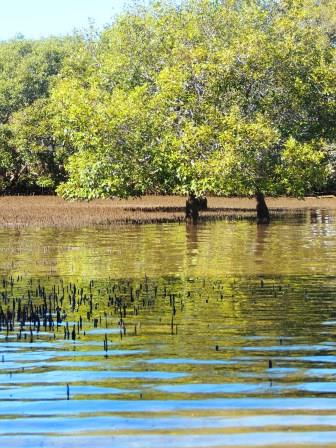
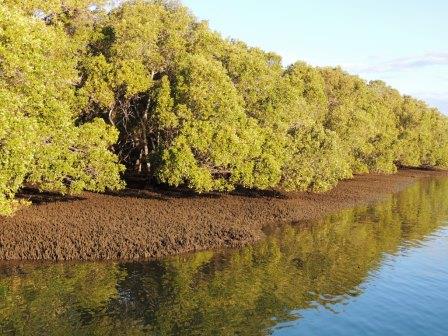
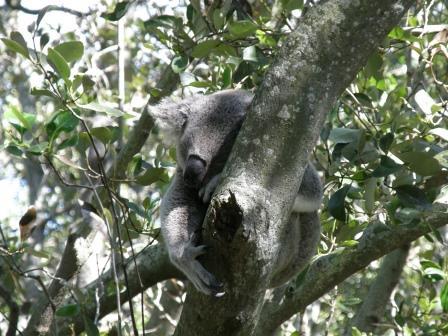
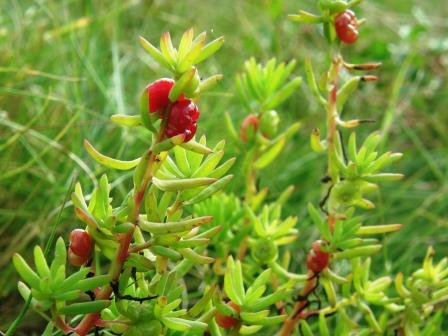
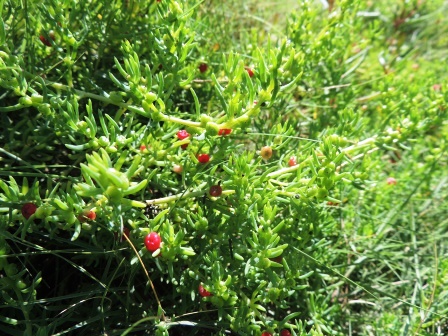
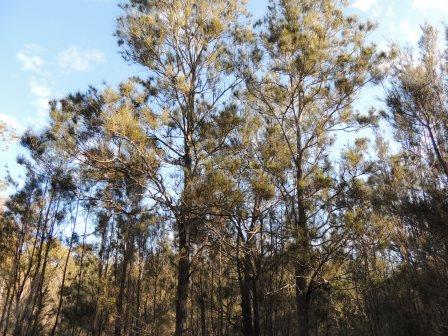

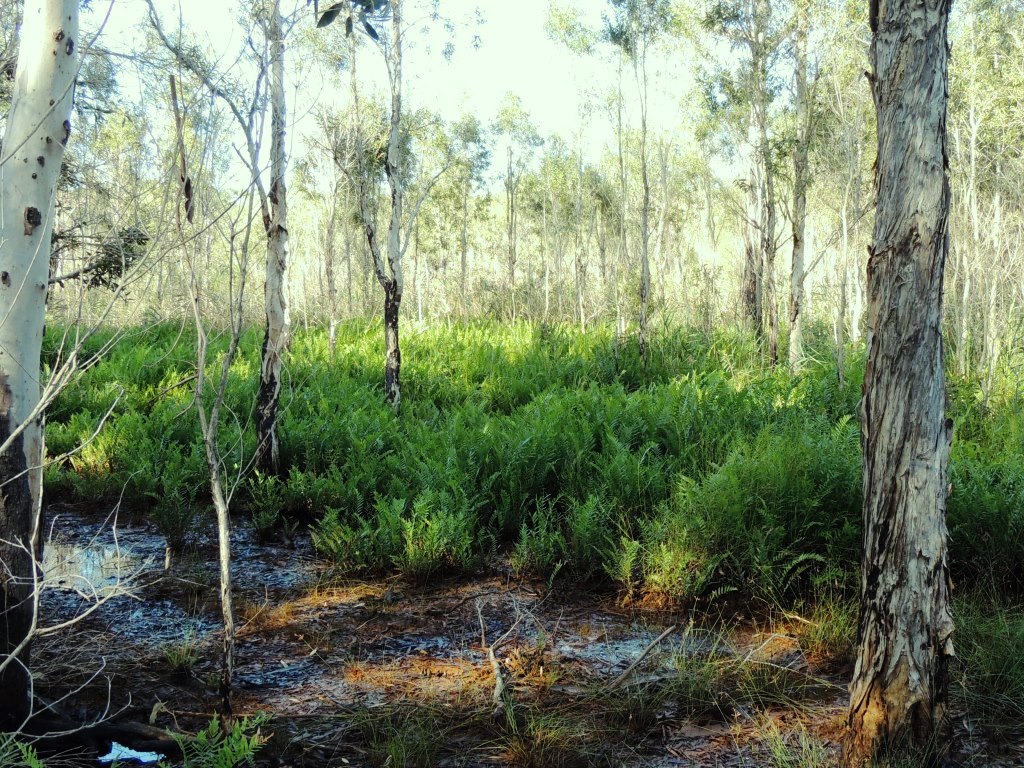
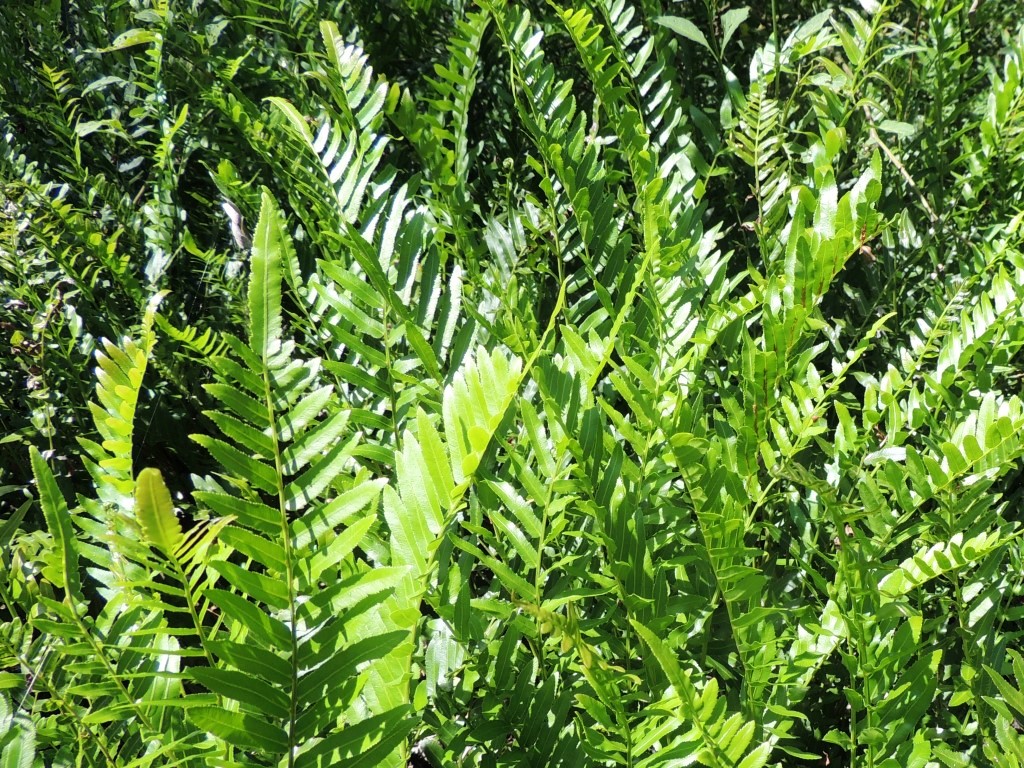
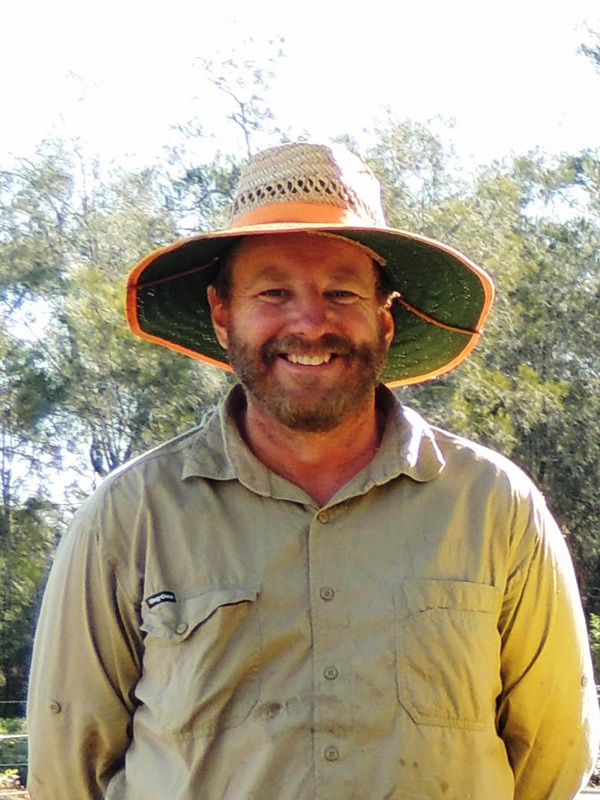
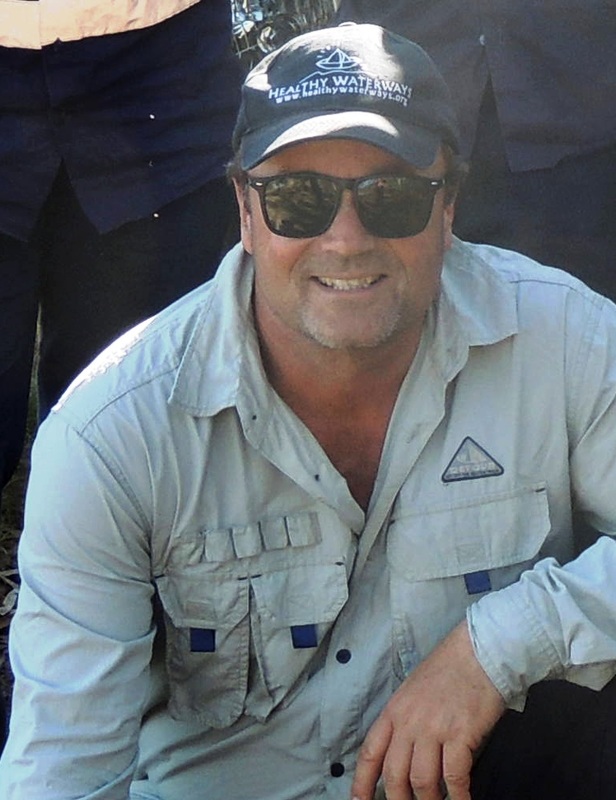
 RSS Feed
RSS Feed
